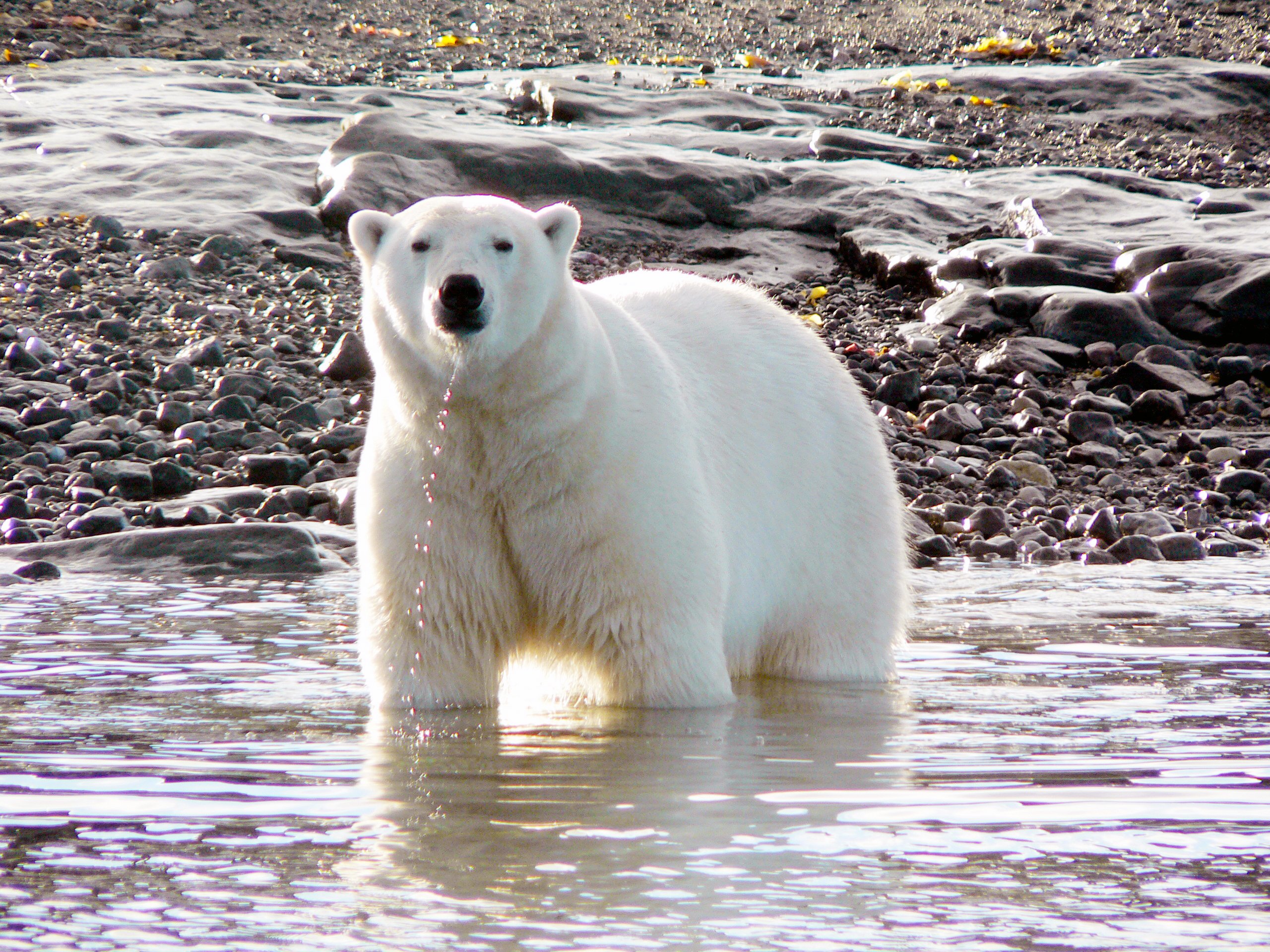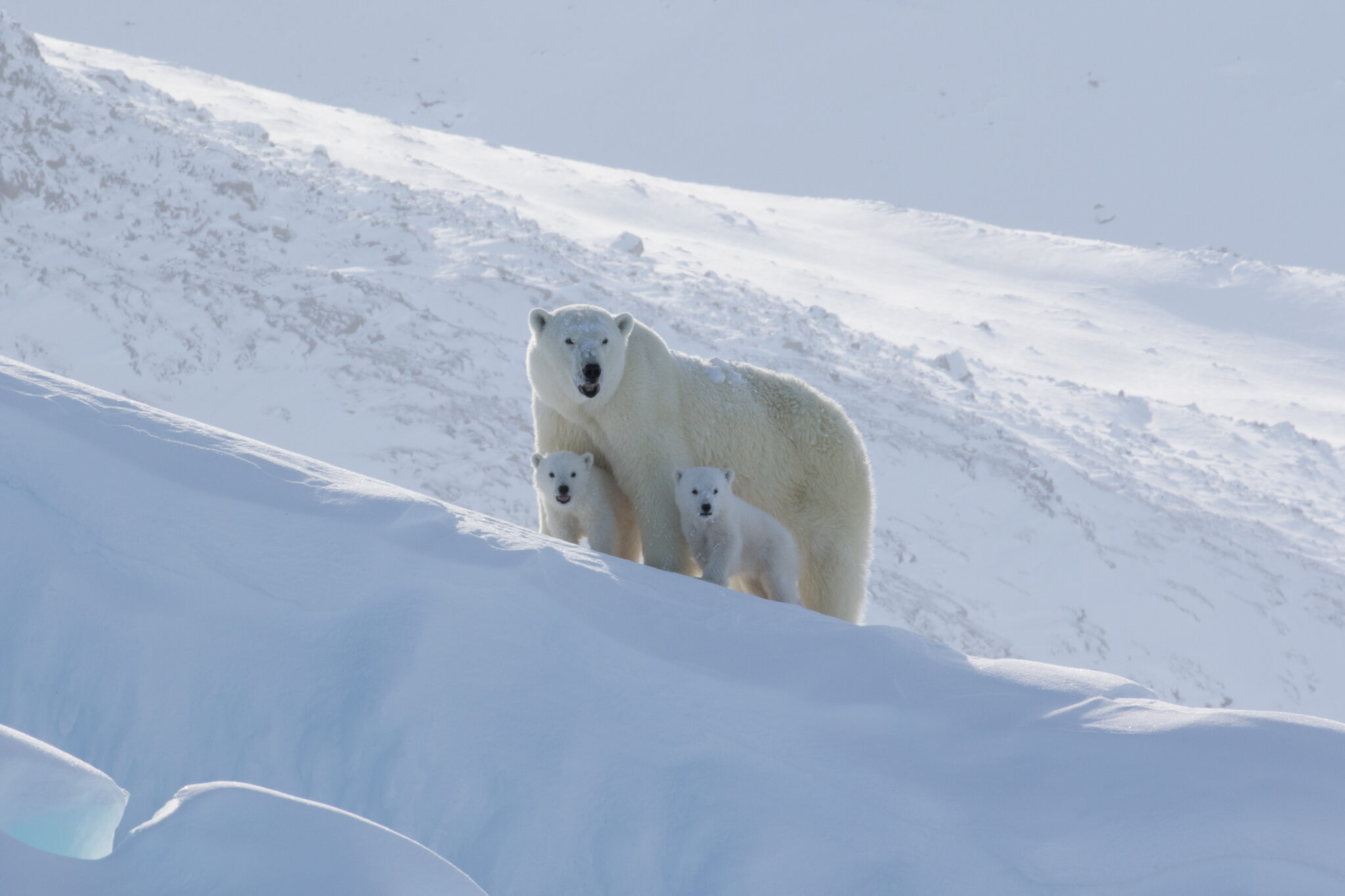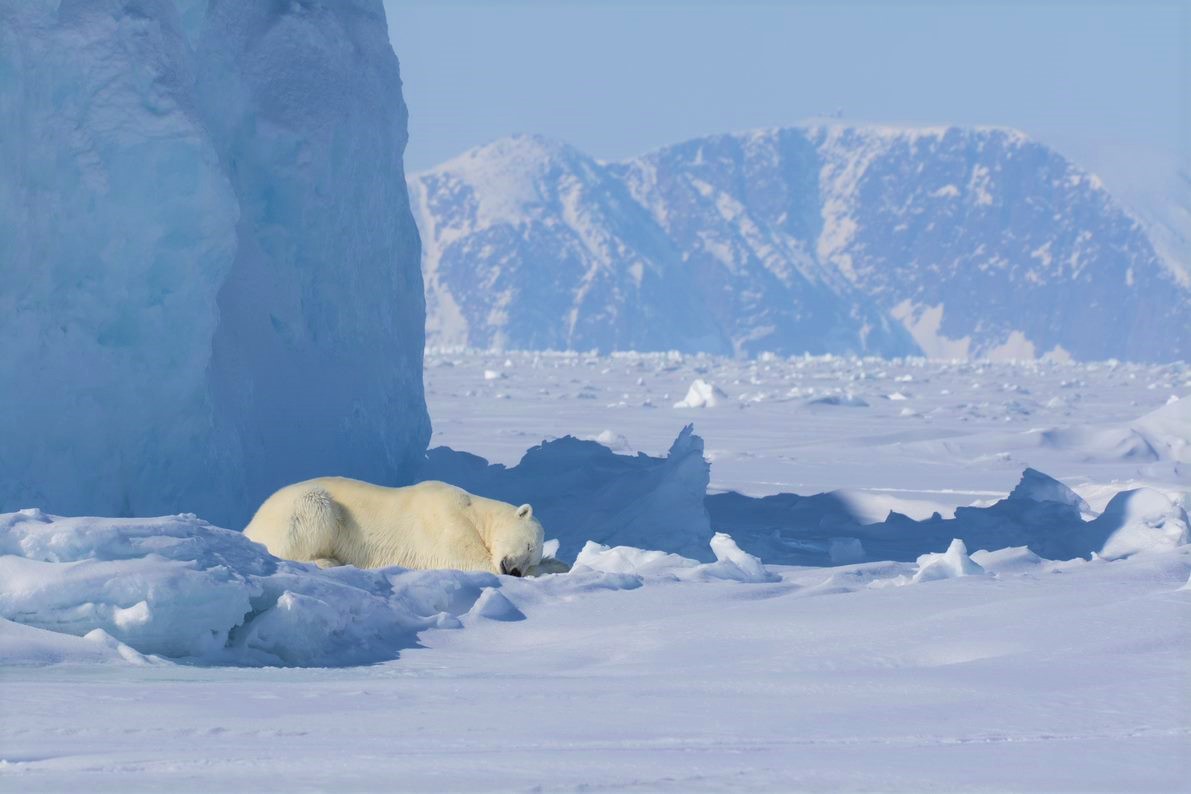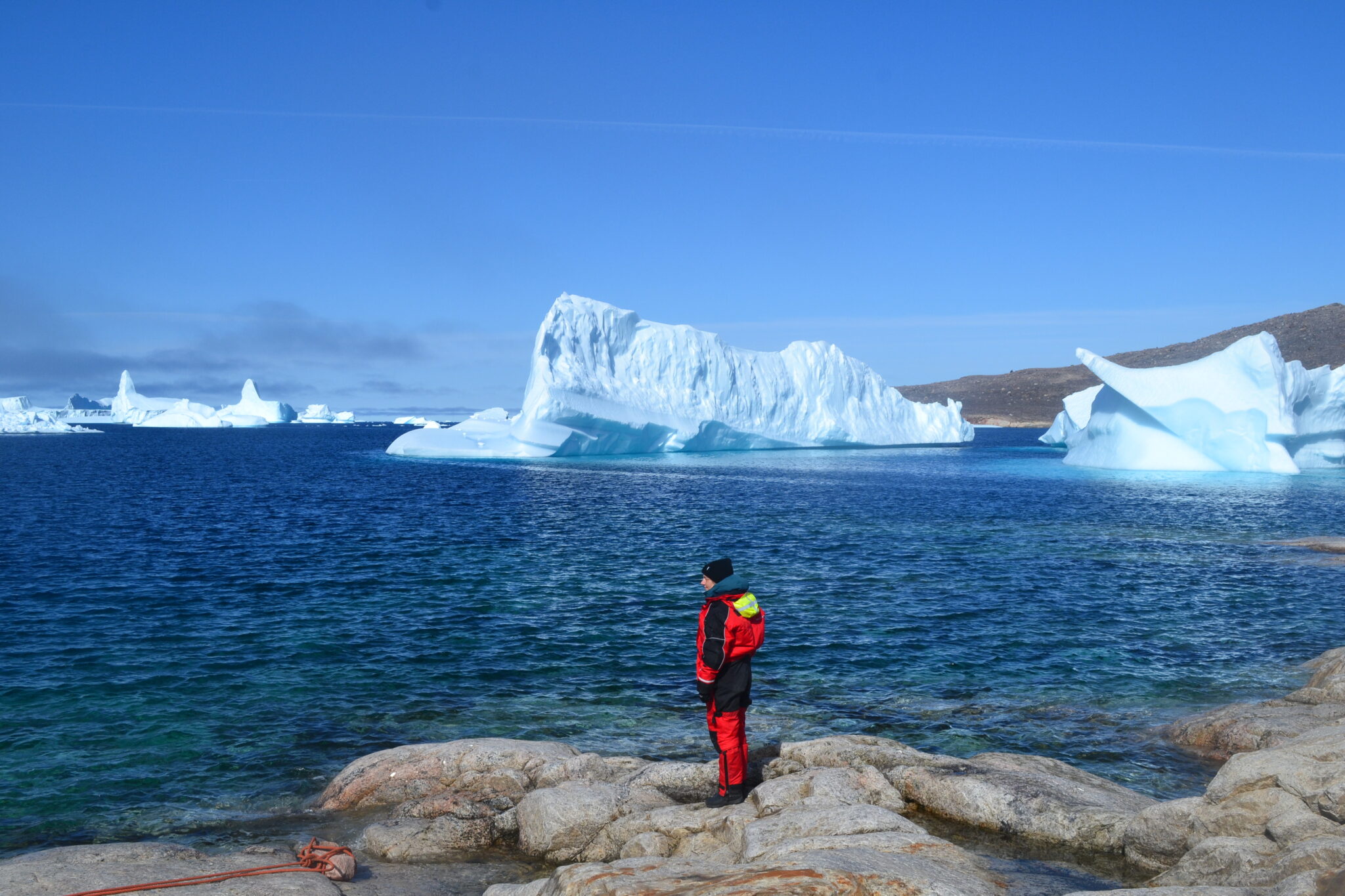Where Do Polar Bears Go in the Summer?
Polar bears are no typical bears. Their fur sets them apart from most bears, which are brown or black. Most distinctly, their summers are spent very differently than other bear species.
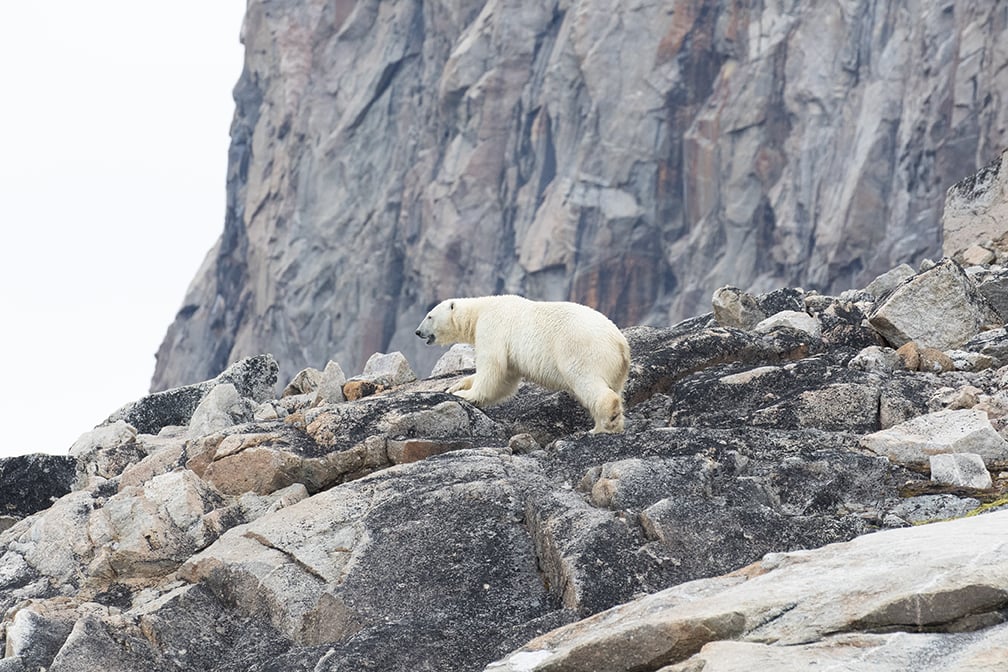
So, what do polar bears do when summer comes, the ice has melted, and their fur can no longer camouflage against a backdrop of snow?
Join us as we explore where polar bears go during the summer and how their habits during these warmer months.
Where They Go
The Arctic is a habitat like few others that bears live in. While most bears spend their winters hibernating to avoid the cold and when their prey is hard to find, this is when polar bears are most active. Polar bears do not hibernate since this is the best time for them to hunt from on top of the sea ice.
Since they are most successful hunting from the sea ice, they will stay on it as long as they can, even as Arctic waterways begin to melt. Then, the polar bears that lingered on the receding sea ice will begin a long swim toward land, where they will spend the rest of summer.
Polar bears are tremendous swimmers and are able to travel incredible distances. Some will swim hundreds of kilometres over multiple days and rest for days after to regain their strength.
They will spend the summer close to the shoreline; some of the largest populations are found along the western coast of Hudson Bay and the eastern coast of Baffin Island.
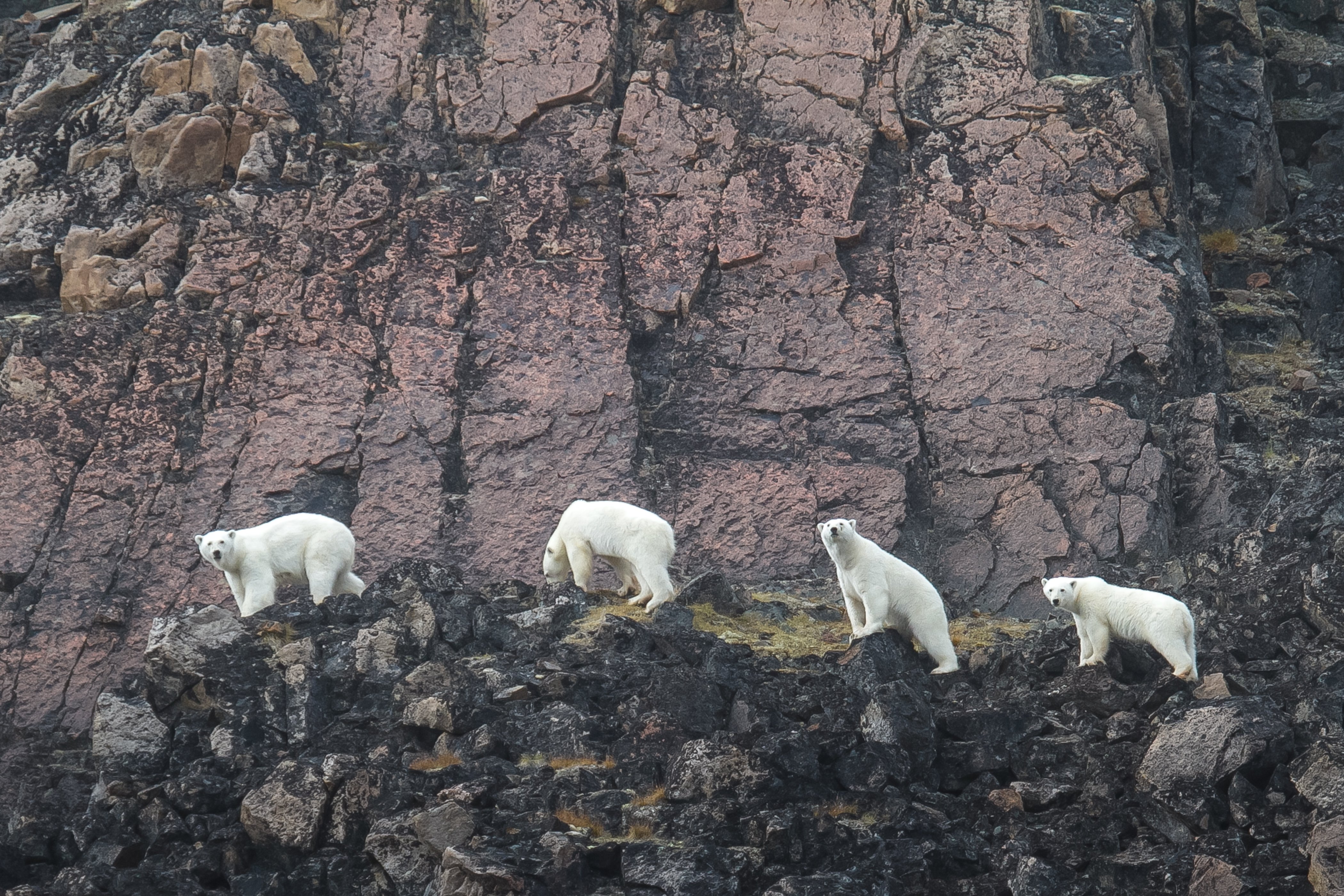
Polar bears rarely travel far inland and tend to spend this time in a sort of walking hibernation. They rarely travel far and tend to travel from one inlet to another to avoid territorial polar bears or to forage for food.
Swimming exerts little energy for polar bears, which mostly eat blubber and float quite well. They use their back legs as rudders and their front paws as paddles. They may swim to nearby icebergs to look for food or spend time in the water to cool off.
While polar bears tend to be quite solitary creatures, they have been known to gather during the summer months when they are not competing for hunting territories.
The polar bears of Hudson Bay can be found play fighting to pass the time and practice, but it is rarely based on dominating the other bear.
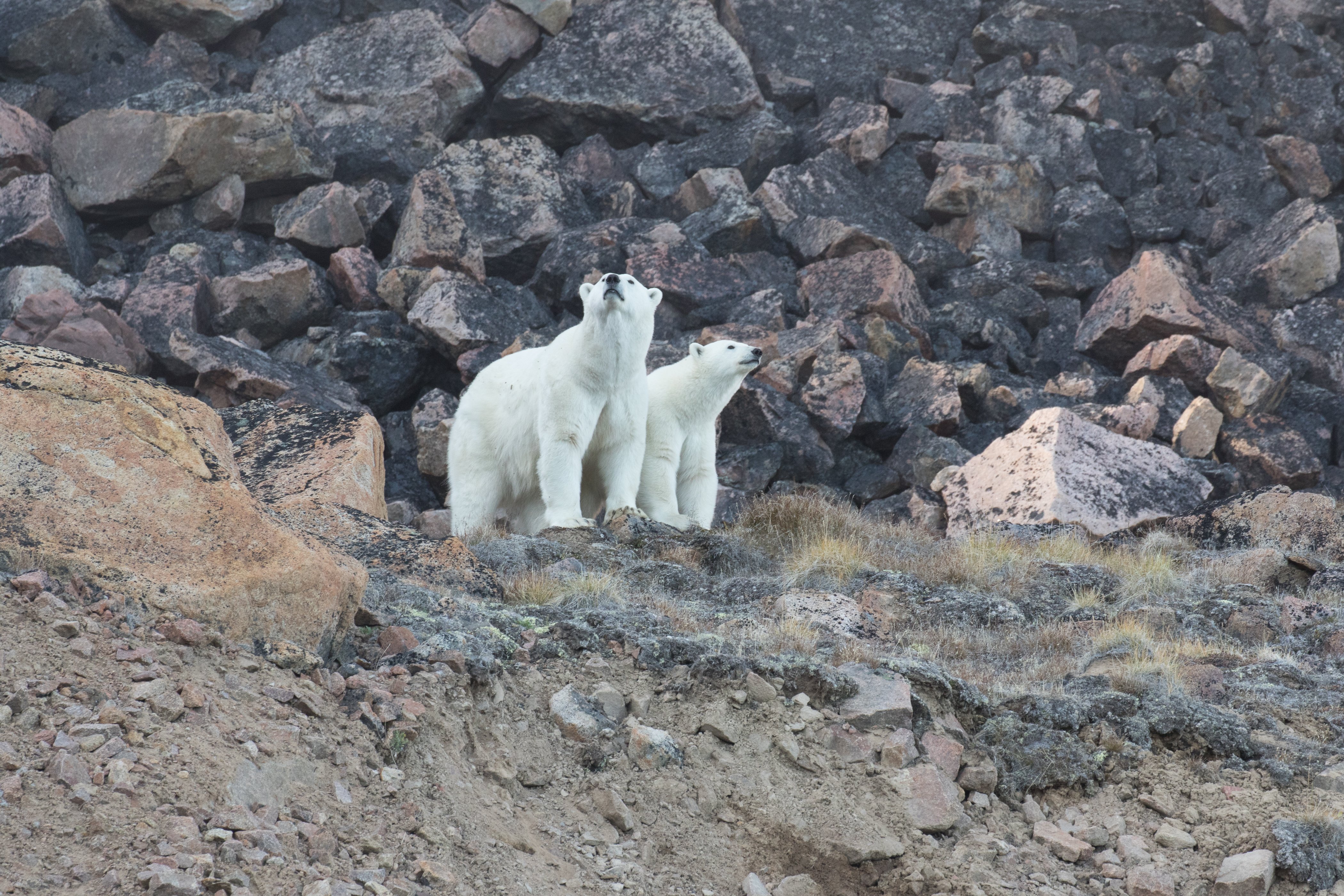
Looking for Food
There is no doubt that polar bears are incredible hunters as apex predators. But the summer presents natural challenges that make it difficult to consume as many calories as they consume in the winter.
Their primary hunting technique is to wait on sea ice for their prey to come to them, and then, using their speed and power, they grab them.
But what do polar bears do once the ice has melted?
Like other bears, they begin to rely on foraging and are happy to scavenge for leftovers.
They might look for kemp they can eat during low tide. Birds become a primary focus for wandering polar bears that look for goose nests or search below cliffs for fallen bird chicks and eggs.
When polar bears are more determined, they will climb cliffs or walk along the narrow ridges to raid eggs from migratory bird nests.
The summer brings all kinds of migratory whales to the areas where polar bears spend the summer. This allows polar bears to attempt to catch baby whales that come close enough that the bears can reach them with minimal effort since whales are faster swimmers than bears.
Since hunting is a challenge during the summer, some polar bears rely on luck and hope; they simply come across food, while other polar bears have learned to adapt and found unique ways to catch their prey.
If they are lucky, they might come across a whale carcass left by hunters or a caribou after a pack of wolves are finished with it.
But it is the learned techniques that are truly fascinating.
In James Bay, there are cases when bears have learned to swim below the water’s surface to surprise birds from underneath. Another bear might wait on a rock during low tide so when the tide rises, it can jump onto a passing beluga whale.
Polar bears have created techniques to herd seals into shallow waters or might scare a haul-out full of walruses, so the mass stampede into the water might leave a baby walrus injured and easier for the polar bear to catch.
However, most polar bears spend the summer resting and as inactive as they can to maintain as much weight as possible until winter comes, and they can hunt from the ice.
How You Can See Them
One of the best times to see polar bears in person are when they have returned to the shorelines. They are easier to spot with their white coats standing out against the dark rocks of Baffin Island or the grassy tundra of Hudson Bay’s coast. Our trip, Polar Bear Mother & Newborn Cubs Safari, takes you to the largest denning area for mothers as they emerge from their maternity dens with newborn cubs. You can watch and photograph intimate moments between mothers and their cubs.
If you want to see polar bears above the Arctic Circle but during the most comfortable summertime, explore our Polar Bears & Glaciers of Baffin Island Safari. Here, you will boat past shorelines where polar bears are resting among the dark rocks or swimming to icebergs.
When summer is coming to its end and the polar bears of Hudson Bay begin a migration north along the coast, our Polar Bear Migration Fly-In Safari, takes you right in the path of their journey north.
To find out more about our once-in-a-lifetime trips, explore our Arctic Safaris.
